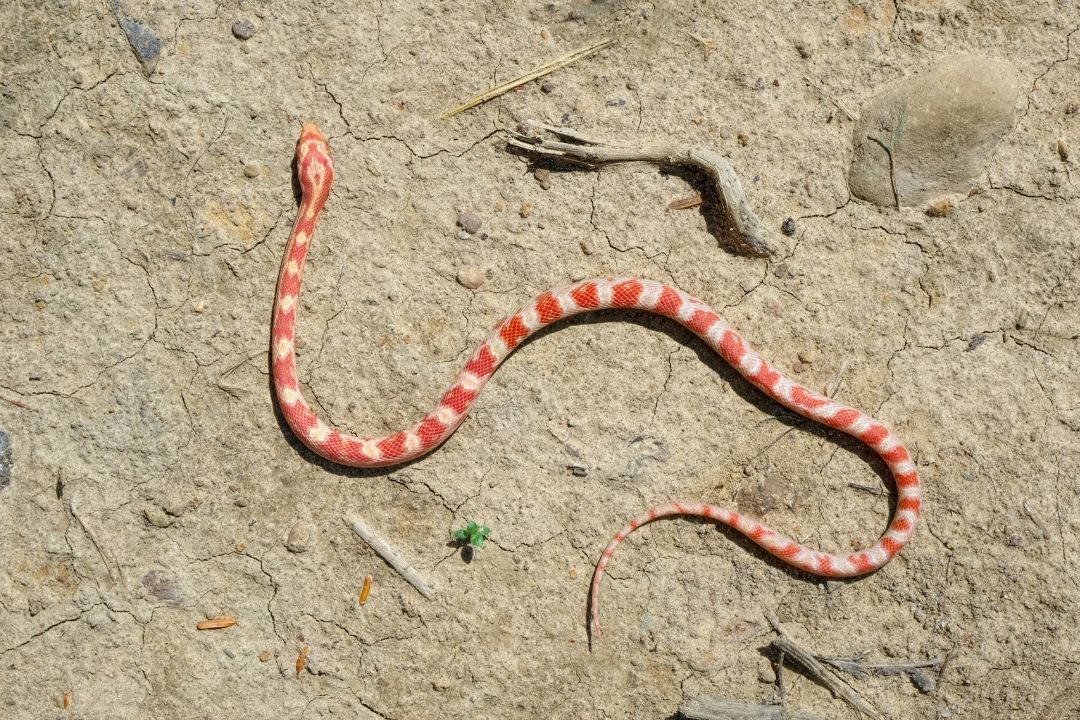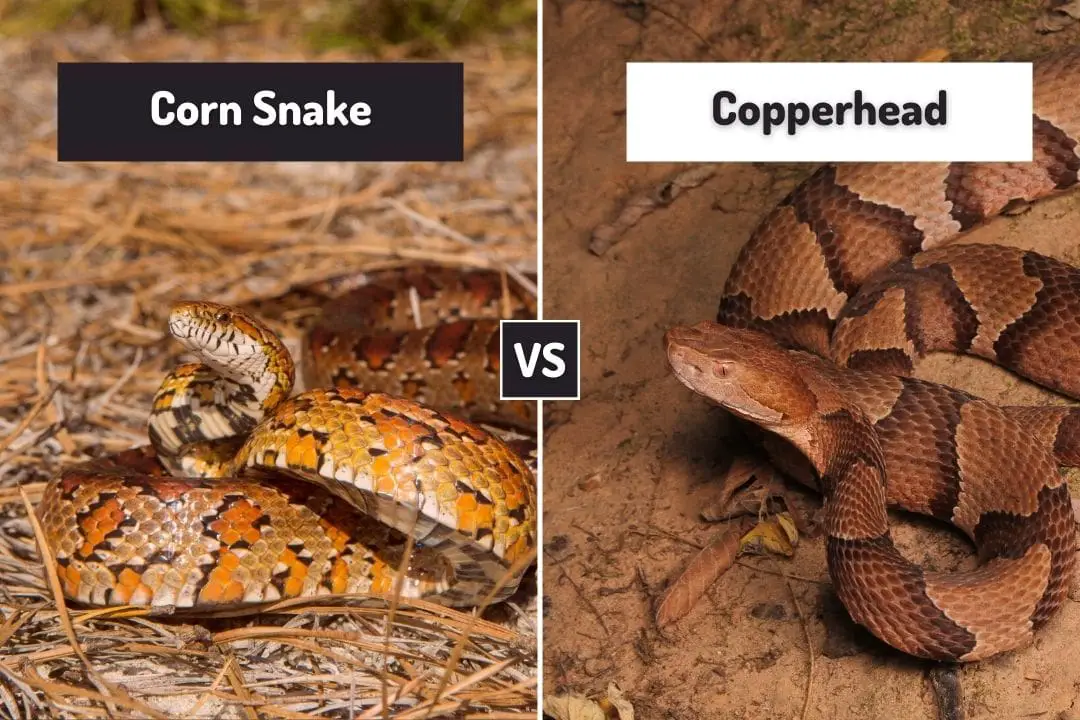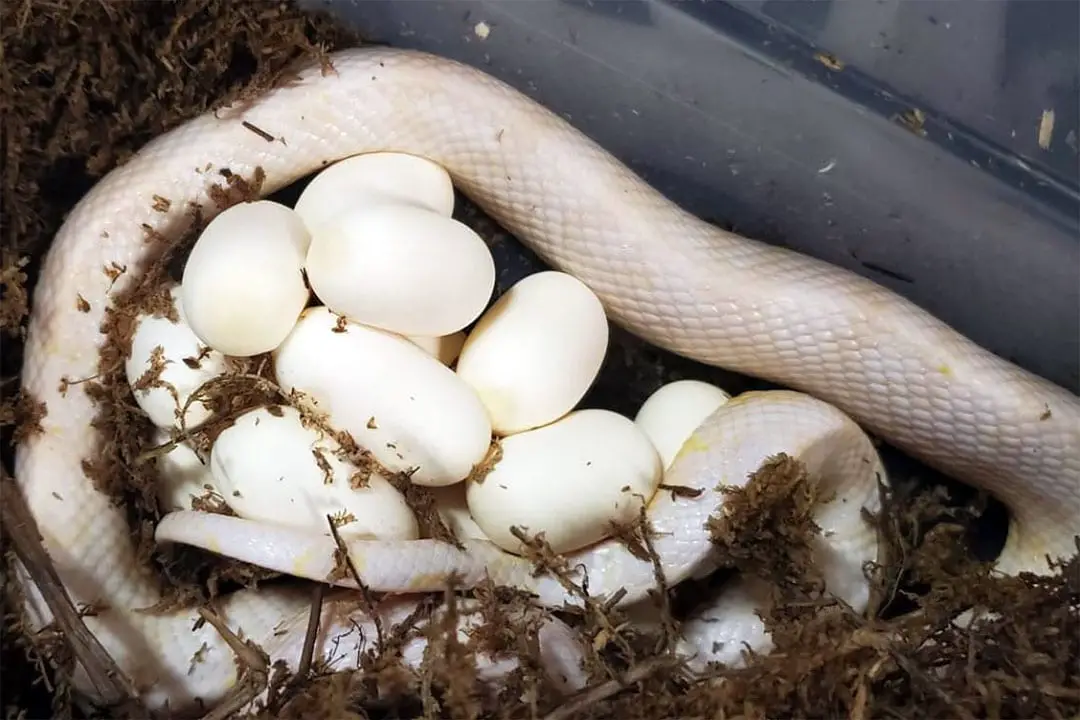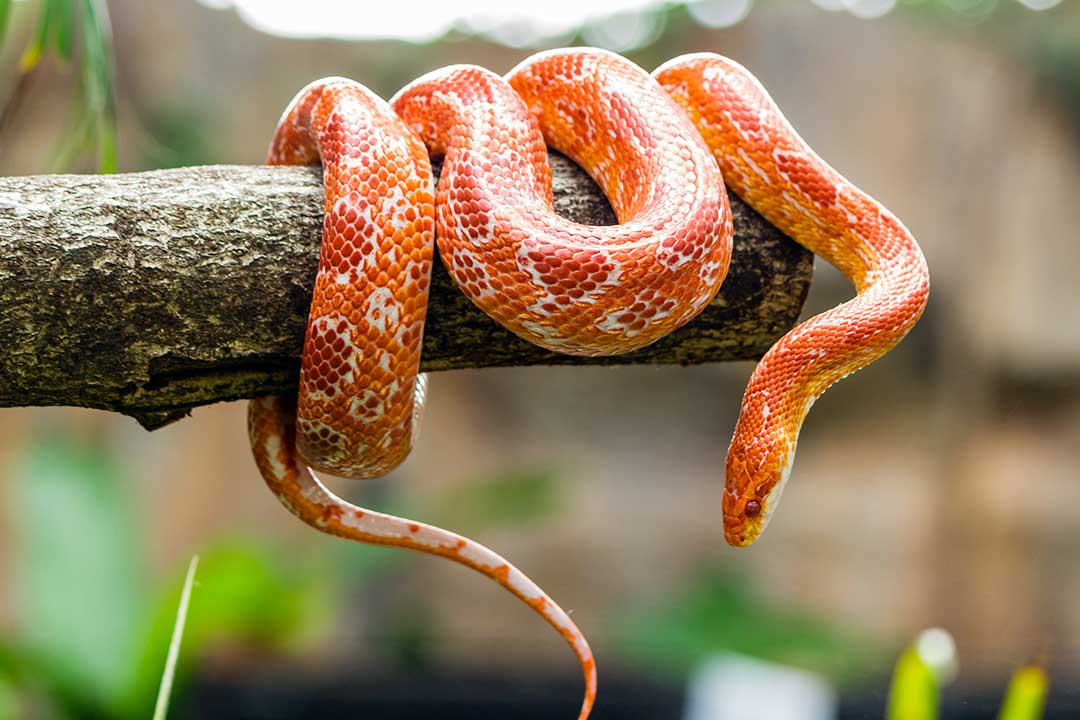If you are considering corn snakes for a pet, you likely have questions about them. Many people are afraid of snakes or assume they are all venomous.
Many snake species are venomous. You may have heard snakes called venomous or poisonous interchangeably. Poison needs to be ingested or inhaled before it can cause harm. Venom is injected by the venomous animal.
So, are corn snakes venomous?
Corn snakes are not venomous. They are constrictors, meaning they kill their food by squeezing it and causing suffocation.
What is Venom?
If an animal is venomous, it uses modified saliva containing zootoxins to cause damage to prey. This can also be used for defense. This has some good information on snake venom and how it works.
In snakes, it is used to immobilize prey and also help with digestion. In snakes, they either target the nervous system or the heart and blood cells generally speaking.
While many venomous snakes are dangerous to humans, not all species can kill humans.
How dangerous a venomous snake is depends both on the venom and the behavior of the snake. Some snakes have venom that is highly specialized to only work on their preferred prey.
Others are shy and avoid humans.
This makes them less dangerous to humans.
The inland taipan is considered the world’s most venomous snake in laboratory tests, it is not known to have caused any human fatalities.
India’s big four of venomous snakes have cause more fatalities while being less venomous because of their more aggressive behavior and likelihood to be found near human settlements.
Some members of the same family as corn snakes, the Colubridae, have venom. This does not include the common corn snake that is sold as a pet. See my article on ways to identify a venomous snake here.
Hunting Methods
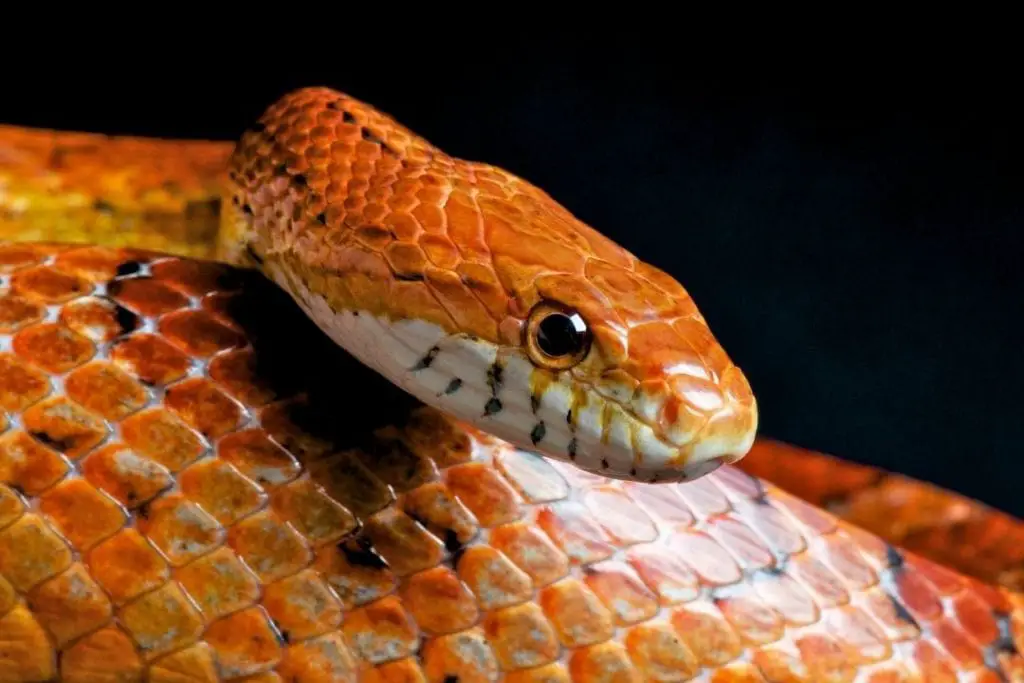
Snakes have a variety of methods for hunting and killing prey. Generally, this depends on the species and the intended prey.
Generally, you have venomous snakes that use a venomous bite to immobilize quick-moving prey. Constrictors bite their prey, then wrap around the prey and squeeze it. Every time the prey exhales, the snake tightens around the prey.
This eventually results in the prey being unable to get any oxygen and suffocating. Some snakes may also simply sneak up on prey and eat it alive.
Each species has its own method of finding food and immobilizing prey. This first article from the University of Melbourne goes over body types and behavior in snakes.
The second part goes over both venom and constriction. Some members of Colubridae use both venom and constriction to capture prey.
Hunting Behavior in Corn Snakes
Corn snakes are not venomous and instead consume their prey after constricting it. They are typically active hunters and will attack their prey after seeking it out.
If your snake is reluctant to feed, allowing it to mimic natural behaviors can cause your snake to strike and consume its prey. This can be accomplished with pre-killed prey by moving it using tongs to make the prey seem like it is still alive.
Making sure the prey is warm and dry can also help. Some snakes also only prefer dark-colored mice since they look more like wild mice. This is somewhat common among snakes that were bred in the wild.
Are Corn Snake Bites Dangerous?
In short, no. Corn snakes are very small with small teeth that curve backward to help hold prey as they swallow it.
Their teeth can’t typically cause much damage to a human. A hatchling likely can’t even break the skin. At worst, you will likely have some small pinpricks or scratches that may bleed. Most owners claim the surprise is the worst part of the pain.
Even an adult snake is tiny compared to a human.
So long as you stay calm and don’t pull away, you will likely end up with only a minor scratch. If you pull away while the snake is latched on, you may get some tearing and additional pain.
Most bites in corn snakes happen because the snake is afraid or because it thinks your hand is food. If the bite is defensive, the snake should let go quickly. If it thinks you are food, it may constrict and hang on for a bit.
It should let go once it realizes that you are too large to eat. You typically just need to wash the wound and you should be fine. Your snake is more likely to lose teeth to a bite to you than you are to be seriously injured.
Tips for Preventing Bites
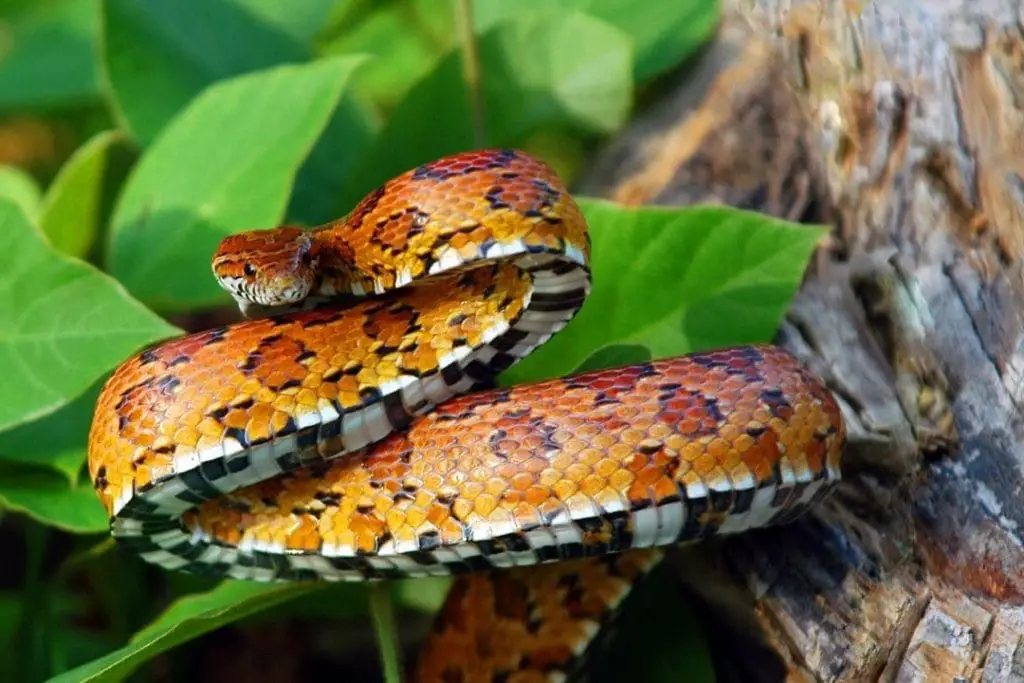
Corn snakes are typically shy animals and prefer to run from any confrontation with humans. In captivity, if they can’t escape, they will likely try to bite if frightened.
If you understand snake behavior, you can prevent most bites before they happen. You should never approach a snake from above, only from the side.
Predators come from above, so your snake may bite thinking your hand is a predator. A stressed or surprised snake may also bite.
Make sure your snake is alert and can see your approach.
Watch for signs of stress or defensive behavior like pulling away or getting ready to strike. You shouldn’t try to handle your snake when it is shedding or showing signs of stress such as feeling exposed.
A hungry snake may also bite, particularly if you smell like rodents or other prey. Make sure your hands are free of any prey scents and that your snake isn’t hungry before attempting to handle them.
Snakes may also get stressed from too much handling and lash out. If your snake is showing signs of stress, return it to its enclosure and let it calm down before you attempt to handle it again.
Young snakes or snakes that have had bad handling experiences in the past are more likely to be defensive. By respecting your snake’s boundaries and understanding their behavior, you are less likely to be bitten.
Everything you need to know about caring for Corn Snakes in captivity:
Read our Corn Snake Care Sheet (Complete 101 Guide)
Summary
Corn snakes are not venomous.
They hunt by constricting prey. They are typically a docile snake that only bites humans in self-defense or in cases of mistaken identity.
So long as you don’t smell like prey and watch their behavior, you are unlikely to be bitten by a corn snake. Even if you are, it is akin to a small scratch in pain and damage. If you have any comments or tips about snake behavior, be sure to leave them below.
